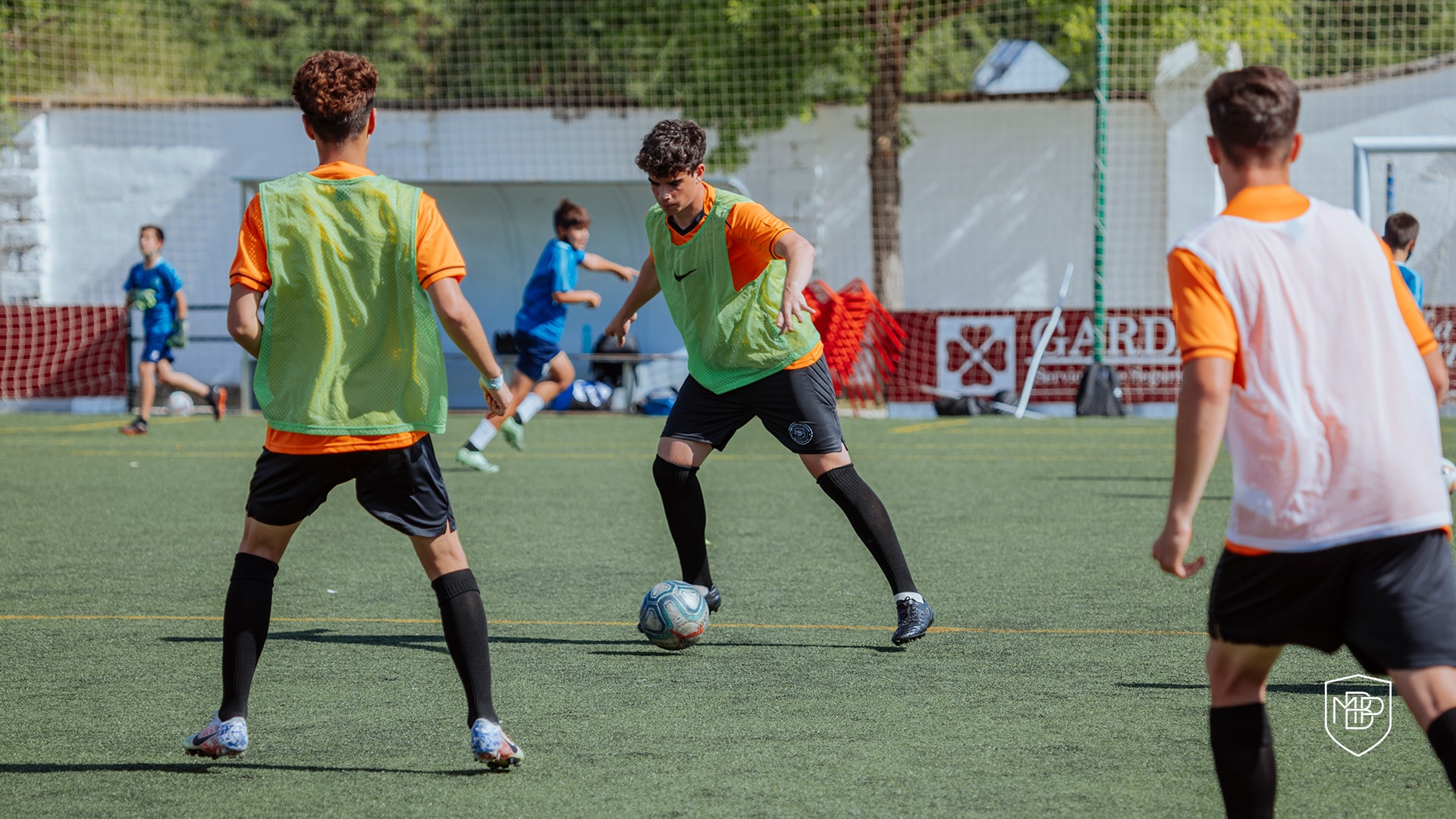In the MBP methodology, we define a large number of didactic strategies (DS), always seeking to offer the appropriate context for each content and objective. One of the best known by most coaches are the possession games.
Within this type of task, the four phases of the game are involved, therefore the dynamics and internal logic of the game are favourable to work on any of the phases, content and concepts that we want to develop.
In addition, possession games can be used to develop the different structures that make up a player.
-
Coordinative Structure: The development of the player’s individual basic fundamentals can be influenced by specifically reproducing certain movements, actions and coordination skills.
-
Conditional Structure: Possession games allow us to give an orientation to the task by prioritizing game-specific endurance, strength and speed work according to the constraints used within the game.
-
Cognitive Structure: If we want to give a tactical preference to the task, the contextual quality must be secured in an accurate way and adjusted to the level of the team, thus favouring the learning of the main content such as individual basic fundamentals, collective basic fundamentals and universal collective fundamentals.
-
Creative-Expressive Structure: As it is already a specific and global task, it will give the player greater freedom with respect to other types of more analytical or directed didactic strategies, thus allowing for increased creativity in the actions of the players.
Another positive factor of this didactic strategy is the increase in the motivation of the players. Being in constant participation with the ball increases the motivation of the player with respect to the task.
However, possession games also have certain disadvantages compared to other didactic strategies.
-
The main handicap lies in the free positioning of the players. This means that the DS does not have 100% specificity, as the players can move freely throughout the space.
-
The development of certain content does not have a realistic transfer. By not having goals, the behaviour in the game is distorted.
Finally, within possession games, there are two different types of possessions: non-polarised possessions and polarised possessions.
Depending on the type of possession that is prioritized to be worked on, and how it is conditioned, the way to train the content will be totally different.
For example, if we want to work on the concept of pressure after losing the ball, if we want to train it in a generic way without a specific directionality, it should be done through a non-polarized possession.
On the other hand, if the objective is to give a directionality to the trained content, it should be worked by means of a polarised possession.
Finally, we have attached an example of a possession game with a cognitive preference where the objective is to work on the collective basic fundamental of opening passing lanes with the concept of ‘constantly opening passing lanes’.








